Trump’s PC Culture
His promise to tell things the way they are has backfired so badly that even his supporters urge critics not to interpret him literally.
By Timothy K. DesJarlais, University of Arizona
President Trump is politically correct, despite what his behavior and actions may otherwise suggest.
You may think I made a typo above, but no, this time, I did not. President Trump has railed against political correctness, claiming it was a chief cause of America’s ills. For Trump, examples of political correctness include failing to criticize illegal immigrants and refusing to use the word “Islamic” when discussing acts of terrorism.
In a way, Trump portrayed himself as the enemy of political correctness, as he promised to return “straight-talk” to the White House, but what is political correctness? Definitions tend to vary, but all seem to point to a way of speech that does not offend or marginalize specific groups or violate social norms. Other forms of politically incorrect language include using the wrong gender or race to describe an individual, as well as making generalizations about an individual based on their background or looks.
On one hand, it is good that today’s society has begun to try to be more tolerable, but sometimes political correctness is taken too far, leading many to feel that it’s simply a tool in a culture-war between progressives and conservatives. Examples of political correctness that may have gone too far include schools banning the American flag because they are concerned some may see the flag as an offensive symbol.
Trump constantly broke the mold of a politically correct presidential candidate. Instead of utilizing scripted speeches free of offensive words, he delivered off-the-cuff stump speeches. This style meant that most of what Trump said had little filter, as he repeatedly made remarks offensive to some minorities, women, immigrants and veterans.
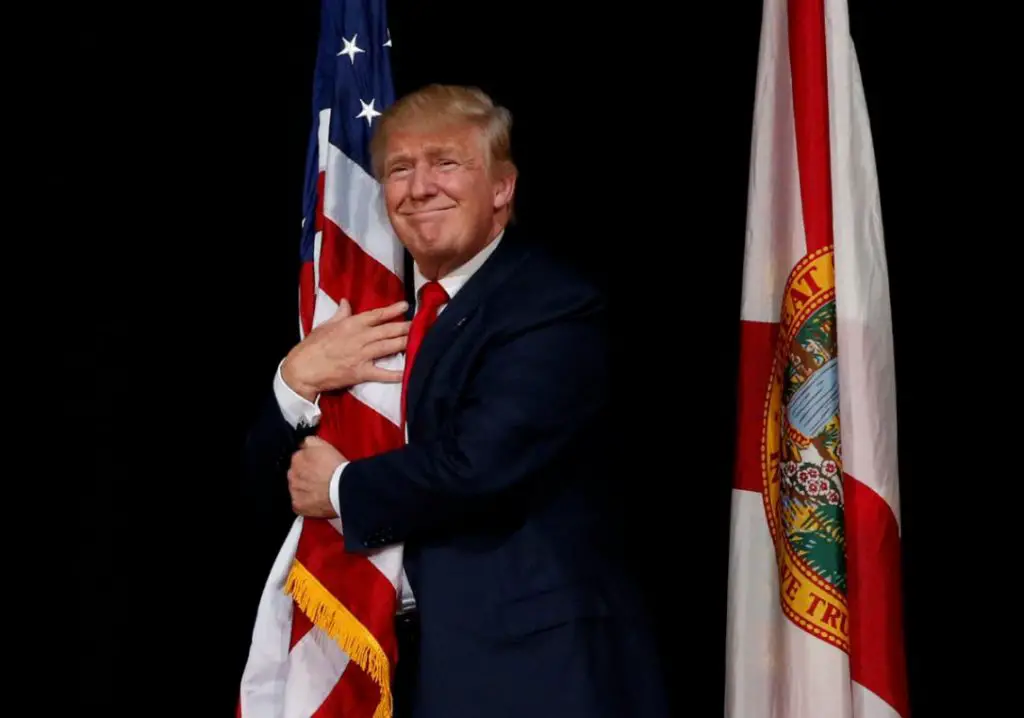
Some of Trump’s insults included stereotyping immigrants from Mexico to be criminals and rapists, challenging Senator John McCain’s war-hero status, mocking a Gold Star family or a disabled reporter and using “slob” or “pig” to describe women he hated. Twitter was the medium from which he launched most of the scathing attacks, which would’ve made any public relations representative wince.
These remarks have led Trump to be branded as a politically incorrect candidate, a title he embraces. While he tries to justify his often-unpolished behavior with the excuse that he is being honest and straightforward though, Trump and his diehard fans may unknowingly be ascribing to their own form of political correctness.
One such example could be Trump’s views of the American flag. There’s an iconic image of him hugging the flag and his controversial statements that people who burn the American flag should be jailed. Flag-burning has always been controversial, but it has been widely considered a form of free speech, even by the Supreme Court.
Nonetheless, some view the burning of the American flag as both inappropriate and criminal. In this case, for some patriotic conservatives, flag-burning is politically incorrect behavior that must be stopped because it is offensive.
The double-standard of political correctness doesn’t stop here, though. Trump can also be accused of considering the media to be politically correct. He constantly criticized the media for failing to cover issues during his campaign and for using “politically correct” language, but as president, Trump is exasperated every time the media tries to scrutinize his administration. He considers any criticism of him to be inappropriate and “fake news.”
Trump expects respect for his office and demands that people stop spreading rumors about his supposed ties to Russia, yet isn’t this the same man that was spreading the rumor that President Obama was not born in the United States, during his own term of office?
Even Trump’s campaign rhetoric is specific, highlighting the theme of “America First.” Such a phrase may be considered politically incorrect, as some argue it could marginalize non-Americans. While the above may be true, it is alternately politically correct by Trump’s standards. For Trump, failing to put America or its interests first is a gregarious error, and he lambastes anyone or anything that he believes opposes this worldview.
I am not saying patriotism itself is bad, and I believe every American should cherish and love their country, even if they have disagreements with those in power. But some forms of extreme patriotism as expressed by President Trump have created an alternative standard of political correctness, where if you don’t salute the American flag, kneel during the national anthem or openly express your love of country, you are a traitor.
Furthermore, Trump and his supporters take offense when others conduct these expressions, like when football player Colin Kaepernick refused to stand for the national anthem. It is time that readers realize political correctness is not one-sided, and each political side has their view of what political correctness should be.
Trump may claim he is against political correctness, but by the end of the day, he is still politically correct, just with a different set of values.


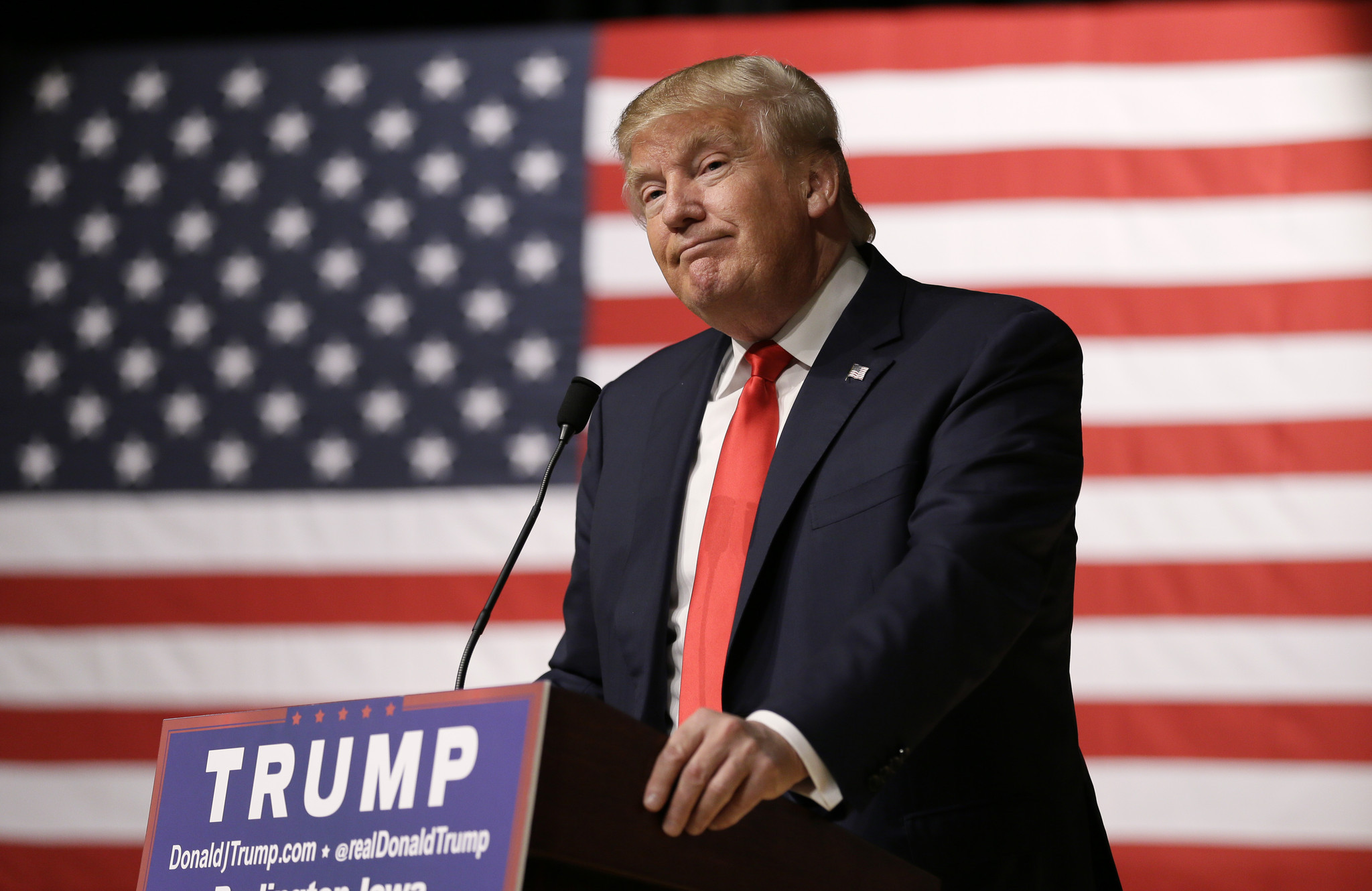


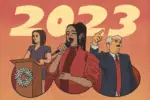

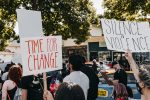
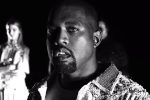









[…] View original post here:What Political Correctness Means to Donald Trump – Study Breaks […]